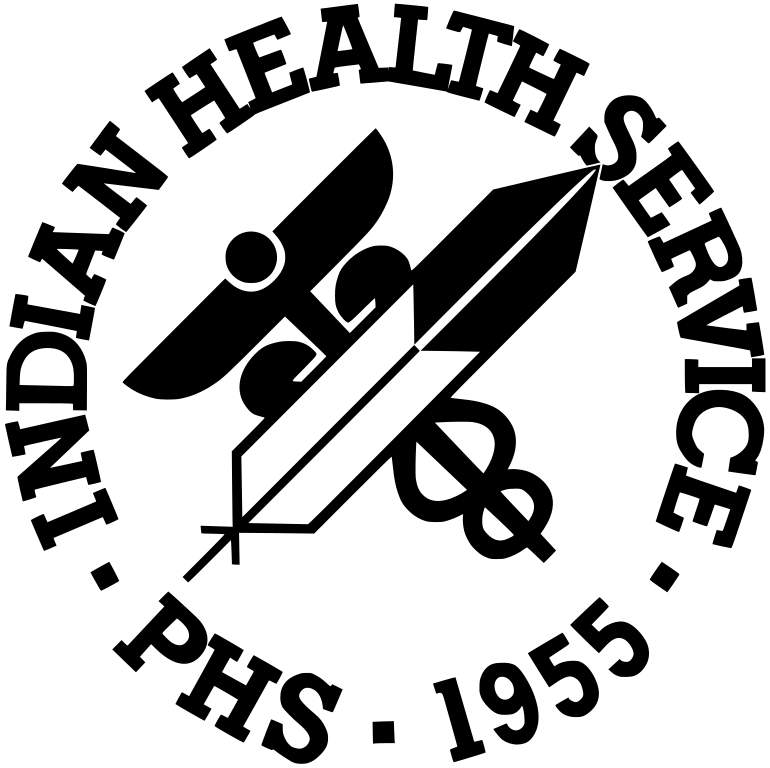ASQ Frequently Asked Questions
A: The Ask Suicide-Screening Questions (ASQ) is a 4-5 item suicide risk screening tool that takes 20 seconds to administer. The National Institute of Mental Health (NIMH) developed and validated the ASQ as a screening tool for pediatric and adult patients. By enabling early identification and assessment of medical patients at high risk for suicide, universal risk screening can play a key role in suicide prevention. The ASQ Toolkit is available at the National Institue of Mental Health.
A: The ASQ Brief Suicide Safety Assessment (BSSA) is an assessment tool developed to further triage a positive response to the screening tool and is considered a suicide risk assessment tool. Patients who screen positive for suicide risk on the ASQ should receive a brief suicide risk assessment to determine if a more comprehensive, full mental health evaluation is needed. The ASQ BSSA is a guide developed for conducting a risk assessment, but it is not mandatory for use if you have another way to further triage a positive screen. However, it is important to have a middle step to decide if the patient requires a full mental health evaluation.
A: A suicide risk screening rapidly identifies patients "at risk" for suicide. A suicide risk assessment is a further triage assessment of the positive screen. The risk assessment is a more comprehensive evaluation that confirms risks, estimates risk of imminent danger to a patient, and guides next steps.
A: Yes, the ASQ has been validated through research for use with both adults and children in outpatient (both primary care and specialty care), inpatient, and emergency department settings (see bibliography for validation studies). The ASQ shows strong psychometric properties to detect those positive for suicide risk in all settings.
A: Yes, the ASQ has been shown to detect more than 97% of patients at risk for suicide. In the Emergency Department, when screening youth, studies validated that the ASQ had a sensitivity of 97% and specificity of 87%. It has a low number of false positives and false negatives. It can also help differentiate between patients who are acute and non-acute positive.
A: While the ASQ was developed for nurses, medical technicians and medical assistants, anyone who is trained can screen with the ASQ. The ASQ can be conducted by all health care professionals such as, but not limited to, licensed practical nurses, clerks, registered nurses, and nurse practitioners. The ASQ can be utilized in all health care clinics and departments, including behavioral health programs, emergency departments, urgent care, primary care clinics, ambulatory care, medical surgical units, residential programs, family practice, internal medicine, pediatrics, dental, and obstetrics/gynecology.
A: Clinical reminders and an iCare package are also available to track and document screenings.
- Behavioral Health - at a minimum of every three months, frequency based on clinical judgement;
- Residential, YRTC, Medical Surgical Units - upon admission, and additionally when clinically appropriate;
- ER, Urgent Care - upon admission, and additionally when clinically appropriate; and
- Primary Care and other ancillary clinics - every three months.
A: While a patient will always screen at least nonacute positive if they’ve ever had a previous suicide attempt, it is still important to ask the 5th acuity question, “Are you having thoughts of killing yourself right now?”, which determines if they are non-acute or acute positive. Any previous attempt increases the likelihood of another attempt, however, attempts within the past year are considered higher risk. See bibliography, "Recency of Suicide Attempts, Ideation, and Reattempt in the Emergency Department: Managing Youth with a Past Attempt."
A: Early detection is a critical prevention strategy. The majority of people who die by suicide visit a healthcare provider within the months before their death, positioning the medical setting as an important location for suicide prevention. Patients may have more frequent access to primary care providers and may have trusted relationships already established. Additionally, patients who are not receiving behavioral health care would not have the opportunity to be screened if screenings are restricted to behavioral health departments. The majority of young people who die by suicide have no previously documented mental health diagnosis which makes universal suicide risk screening critical.
A: Qualified non-behavioral health personnel (see FAQ 6) can perform the next steps on the clinical workflow. Each facility will need to develop their own policies and procedures. The development of these pathways will help connect existing resources to improve patient care.
A: Yes, questions must be asked exactly as they appear on the ASQ screening tool to maintain fidelity of the tool and provide accurate, uniform data. You are not permitted to change these 4/5 questions.
A: With the appropriate suicide risk clinical pathways in place, the screening historically has not overwhelmed systems. There are many settings that have successfully implemented screening effectively and efficiently so that it is feasible, including pilot sites at IHS. In the pilot period (2019-2022) data showed that patients screened positive at the national rate of under 2%. This percentage was not found to overwhelm systems. In the pilot, data showed that positive screens were at a higher acuity, implying patients that were talking about suicide had intent. Developing a clinical process to address the 2% of positive screens is essential to maintaining a sustainable workflow.
A: Sites will work with their local informaticists to confirm that exam codes for suicide risk screening and suicide risk assessment are available for clinical staff to utilize. The appropriate exam codes must be used to document patient care. Exam codes are entered as (see link in citation):
43 Suicide Risk Assessment
44 Suicide Screening Exam (ASQ)
For things such as quality improvement programs (QAIP), performance improvement (PIs), PDSAs (plan, do, study, act), an iCare package is available to manage patient care and run reports. Sites will have access to their data and may utilize it for local purposes including accreditation.
A: While the ASQ was not validated specifically with research subjects that were pregnant or postpartum mothers, it was validated in both female and male patients. There is no suicide risk screening tool developed specifically for pregnant or postpartum mothers, but the developers of the ASQ believe this would be an important population to screen. The ASQ does not replace any screenings currently being used with pregnant and postpartum mothers.
A: Suicide is the second/third leading cause of death for young people 10-24 years old. Recent research shows that preteen suicide (8-12 years old) is on the rise and is one of the fastest growing risk groups for suicide. Studies have shown that children as young as eight years old understand the permanence of death and talk of suicide in children should be taken seriously. Children who express thoughts about suicide usually understand the meaning and intent of their words. Because the AI/AN population is at higher risk for suicide, the IHS utilized these studies to inform the decision to begin screening at the age of eight. Additionally, the ASQ was developed and validated in a pediatric setting and is safe to administer to pediatric patients. The ASQ toolkit includes a script for healthcare professionals as well as a parent flyer (see link in citation). NIMH training will cover how to speak to parents to compassionately address this sensitive topic.
A: In one pilot area ASQ developers met with tribal elders and were informed that directly using language such as death and suicide did not align with cultural perspectives. In order to be culturally responsive, some of the ASQ items were changed to create an alternative version. This version, however, is still undergoing validation research, so the majority of IHS sites are utilizing the original version of the ASQ.
A: Tribal Health Centers can receive training and support to implement the ASQ. Data will be extracted at the local, area, and national levels for monitoring and program evaluation.
A: Suicide is potentially preventable, but not all suicides can be prevented. This is true of all medical conditions. Asking about suicide risk is always better than not asking. It is important, as in all medical screenings, to have proper documentation in patient’s records. Documentation should include the screening and the follow-up steps taken to address the positive suicide risk screen.
Read the bibliography of consulted resources [PDF - 120 KB]


